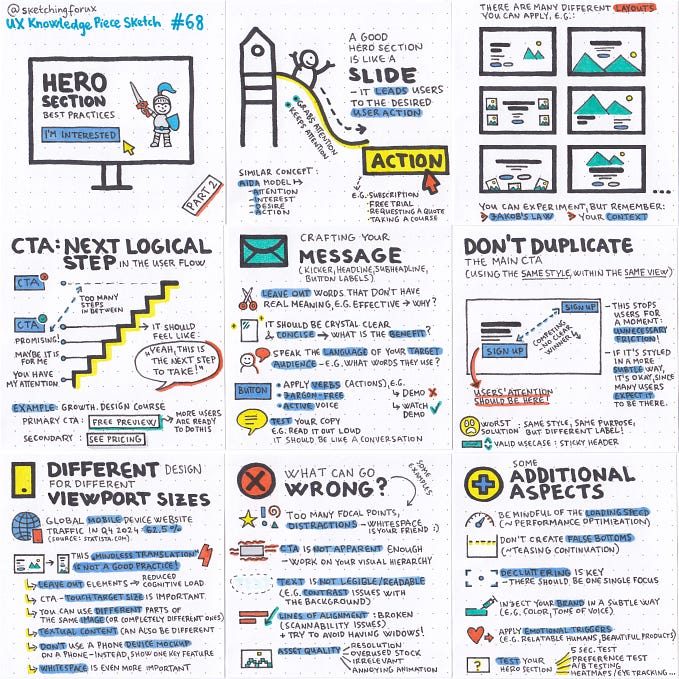Member-only story
How to instantly improve your design using 7 key Gestalt Principles
Understand the visual perception of your users to create a better UX

Do you believe you decide where your attention goes? Think twice.
Our visual perception is highly influenced by well-known Gestalt principles that can shape our view and that of our users.
You might already use these principles, maybe even without realizing that.
In any case, it’s important to be aware of them to create more intuitive designs, guiding users to essential details so they can focus precisely on where you intend.
What are Gestalt principles?
The Gestalt principles are a set of rules that explain how we see and group objects or elements when we look at them.
“The whole is other than the sum of the parts.” Koffka, K.
According to Gestalt principles, our brains don’t just see a bunch of separate parts; instead, they try to organize this visual information into shapes, patterns, or groups that make sense as a whole.
Why use Gestalt principles in your design?
- Increase user engagement: when you understand how the human mind groups and organizes visual elements, you can create an interface that aligns with natural human perception and is intuitively understandable.
- Reduce cognitive load: When visuals are organized and respect the basics of visual hierarchy, users don’t have to work as hard to understand content or navigation. This creates a smoother user experience.
- Improve aesthetics: Gestalt principles lead to cleaner, more harmonious, visually appealing designs.
Gestalt principles of visual perception
1. Law of Proximity
Elements that are close to each other tend to be perceived as a group or unit.
Our brains naturally cluster visual objects that are near to each other, interpreting them as related or belonging together.











